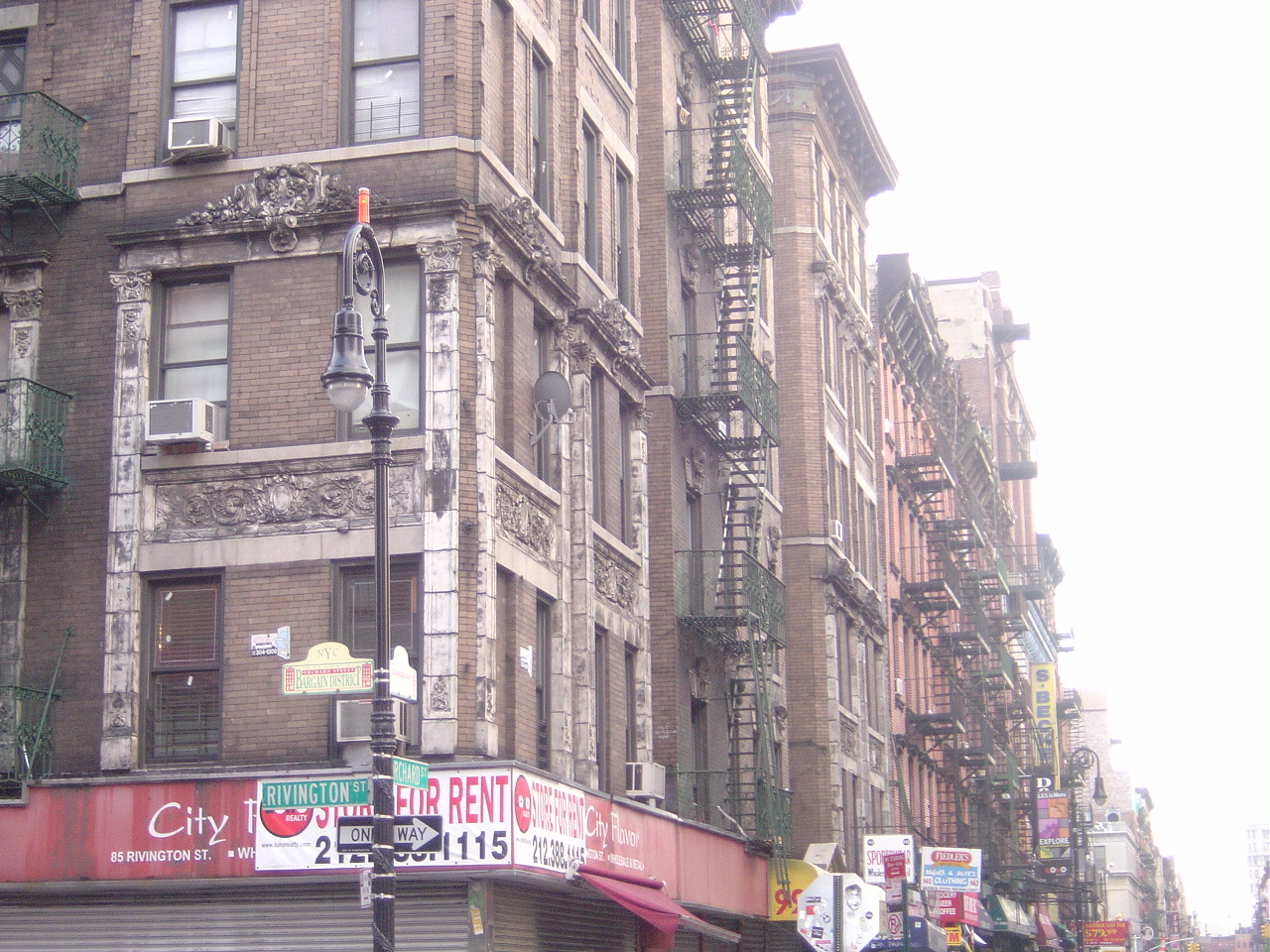Thank New York City's tenements for your (comparatively) civilized housing options today

Tenements built before the Tenement House Act of 1901, at Forsyth and East Houston Streets.
Earlier this week, PBS aired a documentary called “10 Homes That Changed America,” a survey of architectural innovations throughout U.S. history. While some of the featured homes—like the Lyndhurst, a Gothic revival mansion in Tarrytown—are palatial dream houses, the show also takes a close look at a less aspirational, but very New York, feat of engineering: the tenement.
Tenements, the program explains, are influential not for their aesthetics but for the reforms they inspired. Architecture critic Reed Kroloff calls them “warehouses for people,” the result of a simple calculus: When New York received an influx of immigrants in the mid-19th century, they had few places to go, so insufficient was our city's housing stock. The Lower East Side, bordered by the East River and wealthier neighborhoods inaccessible to poor newcomers, was cramped already, so developers built up and used their buildings as economically as possible.
According to the program, land was divided into 25 by 100 foot parcels, and opportunistic landlords carved up their properties to pack families into tiny quarters; a tenement building was supposed to accommodate up to 100 people, and individual apartment units could be as small as 325 square feet.
Host Geoffrey Baer visits the Tenement Museum, where he sees an apartment in which eight people once resided, its original features preserved by museum staff. The rent was a mere $10 a month, but the three-room home was utterly insufficient for the family’s needs. In such buildings, Baer is told, there was no electricity or indoor plumbing, forcing tenants to get their water and use outhouses in a backyard area. The residents of the apartment featured were actually fortunate, in a way, because they had two windows that brought in fresh air and light; many tenement dwellers did not enjoy such "luxuries."

Little wonder, then, that cramped and unsanitary conditions caused neighborhoods like the Lower East Side to become breeding grounds for epidemics, as this feature in The Atlantic explains. Cholera outbreaks that killed thousands of New Yorkers led to new laws requiring tenements to include at least one toilet for every 20 people.
Further reform came with the advent of flash photography, which allowed early documentarians like Jacob Riis to drag the dim, stifling conditions of tenements into the light of day. The 1901 Tenement House Act, in part a response to Riis’ muckraking, instituted a series of improvements, according to Encyclopedia.com: Apartments now had to follow minimum size requirements, have windows for the flow of light and air, and include indoor gas lighting, toilets, and fire escapes. The documentary notes that one bonus of the improved illumination inside tenements was that with interiors rendered more visible, landlords were compelled to make beautifications.
As History of Poverty & Homelessness in NYC notes, there were crafty landlords who tried to flout the new regulations, but ultimately the guidelines became the law of the land; to this day, New York City’s low-rises must follow the stipulations instituted by the Tenement House Act. The tenement may not be an architectural wonder, aesthetically speaking, but it was instrumental in leading to the rules that govern how New Yorkers live today.
You Might Also Like



























